May 9 - 15, 2021: Issue 493
Happy Mothers Day To All Mums
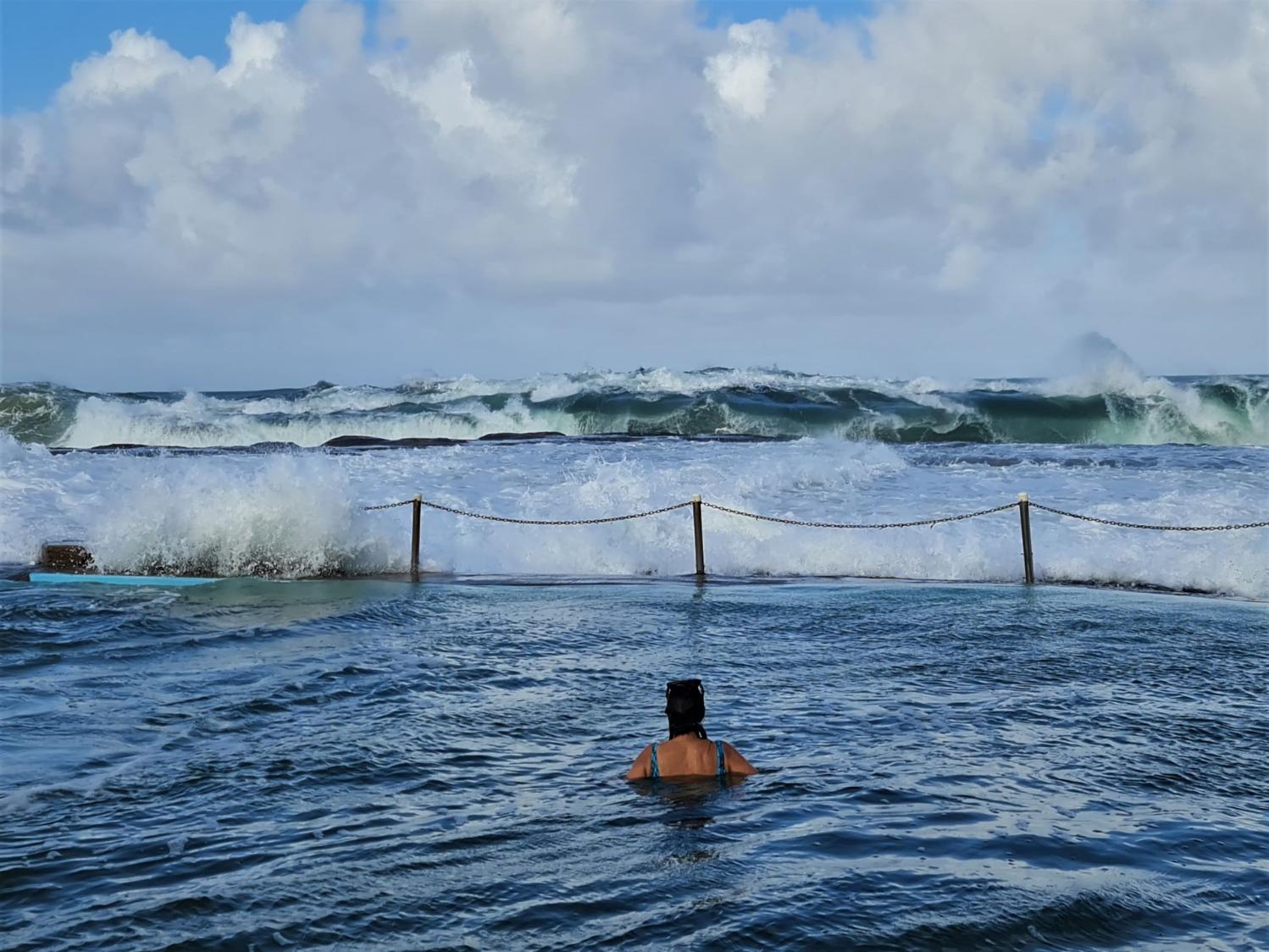
Avalon Place Plan: Let's Ensure We Can Hear Nature Calling
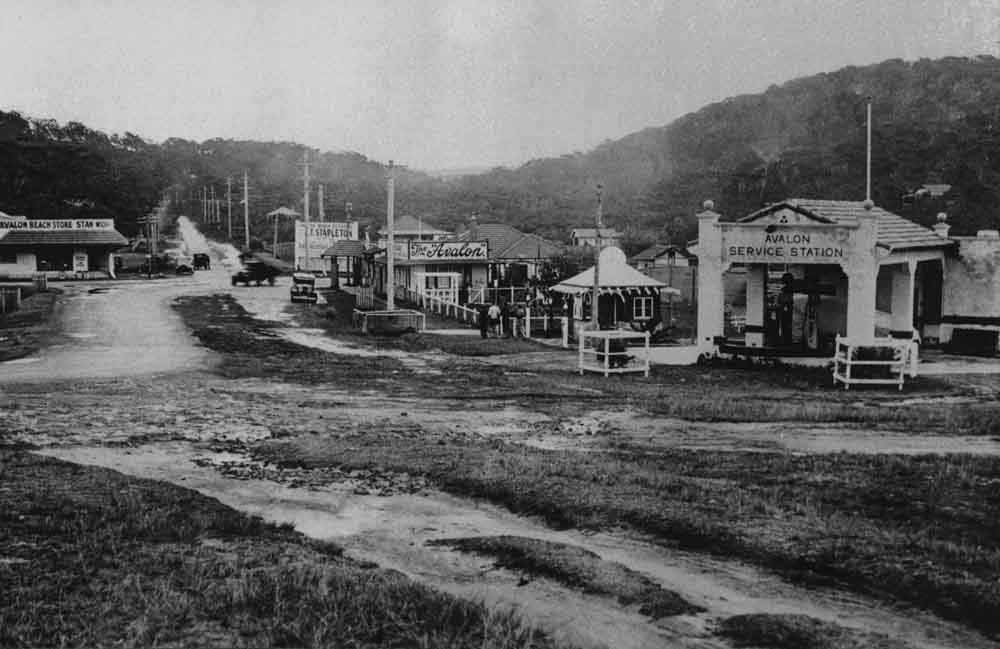
Standing in the centre of Avalon, with the low-lying village revealing green-cloaked hills rising to the north, south and west, feeling the ocean breeze on your face and hearing the waves breaking, is something most residents cherish. The banter of friends and neighbours on the street, kids chattering on their way home from school, and birds, from the bossy rainbow lorikeets to rarer tawny frogmouths in trees lining the roadway, bring life to the shops and cafes.
The question facing Avalon residents now is do we want this lovely, low-key village upgraded in line with plans provided by Northern Beaches Council in the Avalon Place Plan – either in full or in part – and if not, what do we want instead? With public consultation on the plan closing on May 16, the question has some urgency.
The plan was the focus of a public forum last Sunday (May 2) organised by local community volunteer Ros Marsh with support from residents’ groups and held at that most appropriate of Avalon venues, Green 1 at the Bowlo. With about 200 residents, sitting around the edges of the green and a line-up of local speakers including two eminent architects and the head of the new local business chamber, anyone listening would have been left in no doubt as to the community’s priorities.
The first of these was eloquently outlined by the internationally-renowned Professor Richard Leplastrier AO, whose architecture is rooted in the land on which his buildings are set. The professor advocated that we must understand and protect Avalon’s exquisite environment of which we’re now custodians, summarising this approach as “Nature comes first. Second comes culture.”
He explained to the crowd how the original indigenous occupants of Sydney had a deep understanding gained from their long association with the area. Yet, within 20 years, Sydney is likely to form one massive conurbation from Newcastle to Wollongong. But he believes the measure of a great city is all the small communities and diversity it encourages to flourish within it. Avalon is just one of those places on the Northern Beaches “with its own special essence”, he said.
“That’s why the wild side of Pittwater must be kept as wild as possible”, he said.
To do that, before any extra development takes place and more people come to live here, drawings should be made going back to the early times, showing geographic details such as where the creeks ran, location of Aboriginal tracks and stands of trees.
“If you don’t understand the original structure, how can you make interventions and changes that will actually belong there? Belong!” Mr Leplastrier said.
“That’s the way place works, it’s not about doing a set of drawings in council chambers that are a long way from here, by people who don’t live here. You have to get that underlay, drawing and information first.”
An example of this was Avalon’s water system, with Careel Creek connecting the village to Pittwater at Careel Bay.
“The waterway (is) still there - culverted, not thought through properly. You should be able to just ride your bike or walk beautifully all the way to Careel Bay and around the waterfront and back to here.”
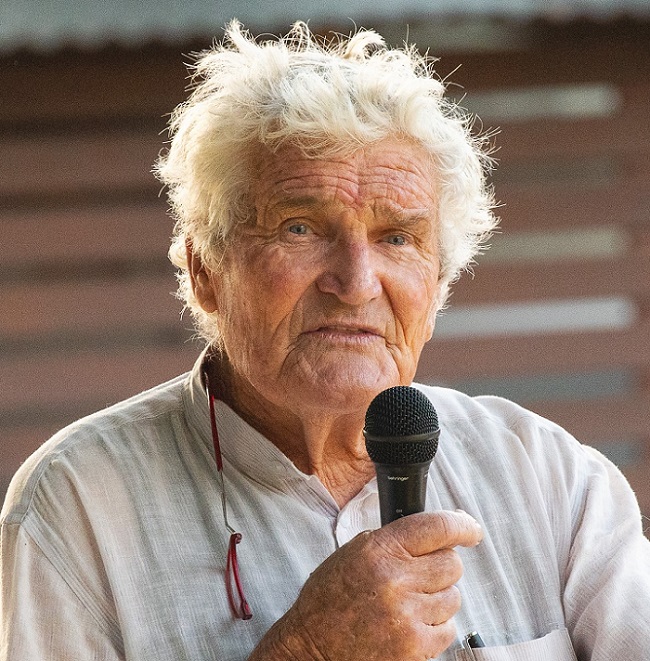
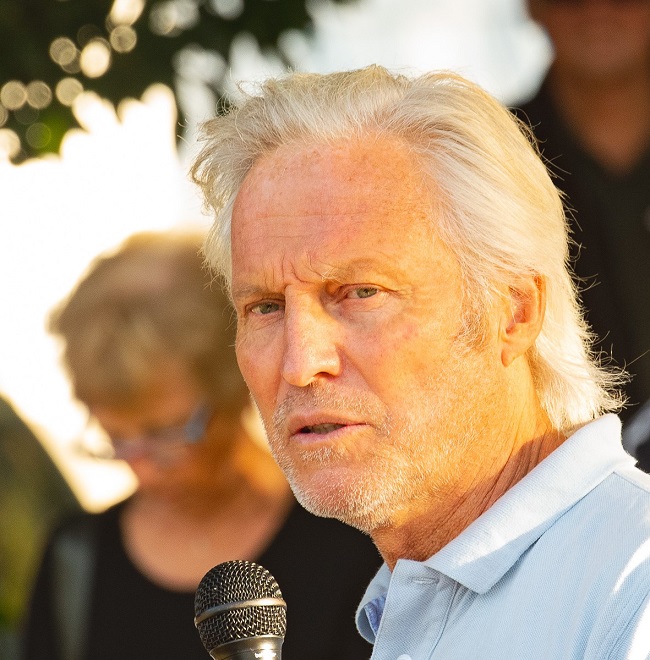
Professor Richard Leplastrier AO Peter Stutchbury
Peter Stutchbury, another award-winning local architect and environmentalist known for his commitment to sustainability in his work, also referred to the indigenous people’s impact on our local landscape. Mr Stutchbury described how the village’s current layout reflects the crossing of two tracks, one used constantly by the Aboriginal people leading from the beach to Pittwater, with a sacred place in Angophora Reserve. The other was established about 100 years ago by the white community, going down Newport hill, across the back of the lagoon there, and finally along where Old Barrenjoey Road is now. The centre of Avalon was created by the crossing of these two tracks.
At that time, the spotted gum forest wasn’t very prolific and the crossing point was heath land with low trees: “so things have changed”. The village started to develop with one to two storey buildings but about 40 years later the main thoroughfare was moved, from Old Barrenjoey Road to Barrenjoey Road, cutting the connection between the village and the beach.
“So no longer did we have that wonderful sense of access from the town to the beach and ever since that period we’ve made decisions that have been civil rather than aesthetic,” Mr Stutchbury told the crowd.
“... At the moment we’re all gathered here for a certain plan, but that certain plan has come from certain bad decisions along the way”.
Avalon had developed as a pedestrian centre, with wide boulevards which have now gone because of the perpendicular parking - losing two lanes of walking space. Mr Stutchbury noted that vehicles and their uses were changing anyway and cars were likely to be shared in the future. It therefore made sense to recover the boulevards by making parking parallel and consolidating it elsewhere.
In fact, pedestrians still dominated Avalon’s centre, he said, and suggested slowing down traffic to encourage walking, saying to applause: “Why don’t we make Avalon pedestrian friendly?”
”We just slow all the cars down so people can cross the road. There are alternative routes.”
He was not impressed with the plan for bike paths in Avalon and said: “I understand why we’re talking about bike paths but the reality is only people in the immediate area ride bicycles.
“I’m not sure how many people from the hills ride bicycles, quite frankly, and I think we should be talking about walking paths not bike paths,” he said to more applause from the audience.
He echoed Prof Leplastrier’s identification of Careel Creek’s importance, saying we should be making a serious effort to clean our waters. Before the creek was concreted in the 1960s to prevent flooding in Avalon, it was “pretty clean”.
“If it had been maintained as a creek, you can imagine what an asset it would have been to our community. We’d all be picnicking along there and walking along there,” he said.
“We’ve lost this wonderful sort of cultural vibrancy to the place by civilising it in a civic way - not in a country way.”
He also pointed to Avalon’s lack of a town centre, noting how the crossroads became the centre of town during Avalon Market Day.
Finally, he suggested that we should be planning for 20 or 50 years time: how to manage our carbon footprint - meaning how we manage development; how we manage our transport system - citing the example of some towns in France where residents park 10km out of the town and then use golf carts to reach the centre. And he was concerned about the failure to consider the impact of climate change in Avalon.
However, it wasn’t just architects who identified Avalon’s environment as a central concern to planning. Local business owner Nic Laidlaw talked about growing up in Avalon and how much he loves its natural environment and supportive community - as a young father of triplets.
“I was born into having the ocean on one side, all this bushland in between and then we’ve got Pittwater on the other side,” he said.
“It’s just like nature’s playground - and we never needed any instruction manual to use it. We didn’t need pathways or perfect, terraced hills leading us towards the beach. It was calling us.”
Incoming Rate Rises Of 26 - 44% May Change Our Village Retail Centres, Exacerbate Anti-Council Sentiment
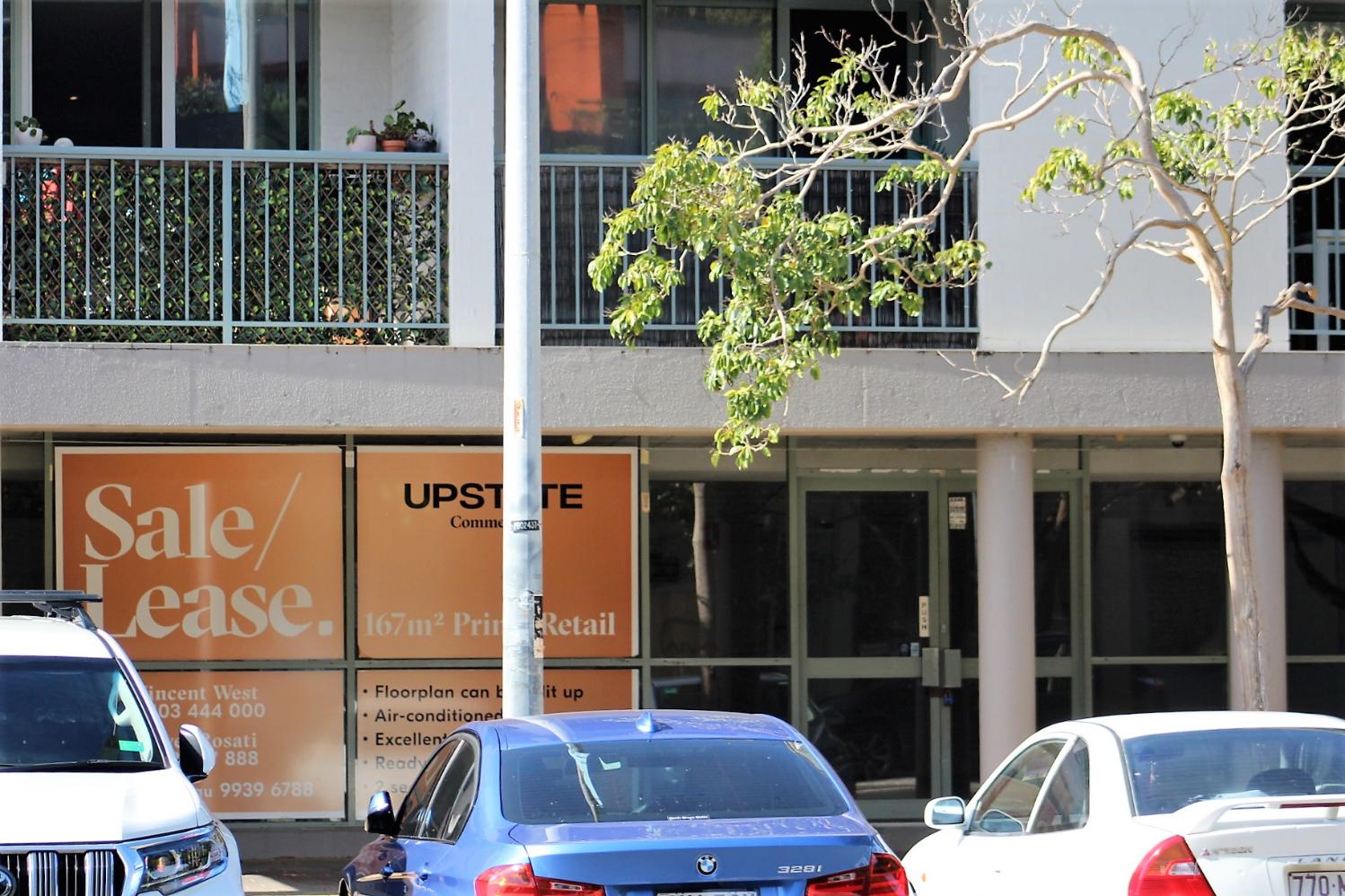
The Council has released for feedback the 2021/2022 Draft Budget, which includes applying the maximum rate rise of 2% across the LGA for the 2021/2022 year. This comes atop the Rates Harmonisation announcement of March 24th which will see an increase of 42% for Business rates in Manly while there will be an increase of 24% for Pittwater Business rates.
Residential rates will see an increase of 12-26% for Manly – a decrease of 3% for Pittwater (and an increase of $36.00 or $5 for up to 700k value).
Warringah rates will go down in both cases, for Residential there will be a decrease by 5-6% and in Business rates there is a decrease of 4-10%.
On March 16th, 2021, Shelley Hancock, the Minister for Local Government, announced the NSW Government has introduced legislation to ensure a fairer and more flexible rating system for councils and ratepayers. The Bill also provides councils the option to make superannuation payments to the State’s 1,300 councillors.
Minister for Local Government Shelley Hancock said the Local Government Amendment (Rating) Bill 2021 would implement the Government’s response to IPART’s review of the rating system and a range of other changes.
“The package of reforms addressed in this Bill will ensure our rating system continues to be fair and equitable for both councils and ratepayers across the State,” Mrs Hancock said.
“Importantly, the Bill provides the option for 17 newly formed councils to harmonise their rates over the next four years, protecting ratepayers from excessive and sudden rate rises.
The ‘newly formed councils’ were those forcibly amalgamated on May 12th 2016 and includes Pittwater, Manly and Warringah under its current form.
The Local Government Amendment (Rating) Bill 2021 has passed the lower house and is currently in the upper house.
Either way, whether over 4 years or applied all at once on July 1st, Pittwater owners of business premises will see a rate rise of up to 32% over the next four years if the Council continues to apply the maximum rate peg rise annually of around 2%. Manly business premises ratepayers will be up for 50% more in rates payments – adding thousands of more dollars that must be found and handed to council for the same services each year.
As these extras costs will be passed on to those renting these places, amounting to thousands more annually in most cases, we may see more empty storefronts in Pittwater and Manly.
Currently 2248 businesses are advertised for sale in the Sydney Metro area. In our area Manly is showing the most with 16 listed, Brookvale has 11, Mona Vale 6, Narrabeen 5 and Avalon Beach 4.
Last weekend a check showed 190 retail leases being advertised, this weekend there are 198 properties available – so 8 more have been added just this week.
Our Manly 'girl on the ground' reports this week that she sees shop after shop is still empty and none have been taken up since. The businesses that 'ceased trading' the day the Christmas-New Years lockdowns occurred in our area have not returned either. These are big outfits, not just the small mum and dad run businesses.
As the state and federal freezes on landlords/tenants evictions along with stimulus measures and rental relief efforts introduced last year have wound up across the country, that may increase.
In a 2021 interview with Australia's Commercial Real Estate, commercial property adviser Tim Maunsell, of Maunsell Property Consultants, said businesses and landlords had so far been reluctant to enter into negotiations over new agreements.
“It’s all been put in the too-hard basket,” he said. “It’s a stalemate. Everyone is just waiting to see what will occur.”
Mr Maunsell said some some landlords would be looking to recoup their losses, adding that he knew of one landlord whose monthly rental income fell from $50,000 to $12,000, which barely covered his outgoings.
The Australian Retail Outlook 2021, co-produced with Inside Retail, published February 15, 2021 offered retailers key insights into the year ahead as KPMG retail specialists delved into the key trends and forecasts included in the report.
The report also examined retail and commercial rentals. According to the results of this year’s Australian Retail Outlook survey, an overwhelming 80.57 per cent of retail executives believe that the relationship between retailers and landlords is under further strain. While some landlords may have been open to compromise, others took a hardnosed approach.
Shopping online is also taking away many of the services and goods people used to purchase from retail spaces and shopfronts in their local villages and business centres. According to Accent Group CEO Daniel Agostinelli, digital sales for the year grew by 142 per cent in the quarter ending June 30, 2020.
As the year went on, it became clear that omnichannel was the name of the game, and savvy retailers focused their energies on initiatives that could bridge the gap between online and offline, catering to the changing needs and desires of consumers. Virtual appointments, click-and-collect and reserve-in-store were some of the ways that retailers encouraged customers to shop with them during the year.
''While there will always be a place for great bricks-and-mortar experiences, it’s clear that consumers have now become accustomed to the convenience (and safety) of e-commerce. Even beyond COVID, customers may now be considering whether it’s worth their time to head to their local shopping centre or if it’s best to simply shop online.'' the report states
This too will have an affect on how our local retail centres may change over the next few years, even if the rate rise is chosen to be adopted over 4 years, and retailers are optimistic they can meet the high price per annum for renting a space, one seen in Avalon on the Avalon Parade main strip has a rental asking price of 75 thousand per annum + outgoings, those that can maintain a business are becoming similar. On Saturday May 8th the signage for yet another '$2 shop' was seen being erected in a local commercial centre - there are already 2 available.
One example of what else may come worth noting is a recent land values squabble where land is going up and up and up, sometimes overnight. This matter is a recent purchase of land by Ryde council from an owner, where land is being rezoned to fit in with housing targets, and that land acquiring up to three times its former value, overnight.
The Valuer General applied a value of up to three times what had been agreed to be paid for lots of land to be added into a park due to that rezoning, and instead of the 5 million price tag one lot of land came back with 15 million to be paid.
The matter ended up in the Land and Environment Court where judgement applied the original value of the land pre the housing targets rezoning changes – but it is one point worth keeping an eye on – where land is being rezoned or ‘activated’ to fulfil housing targets, the value increases rapidly, in fact, it can triple with a rezoning to facilitate medium or high density.
The 'new' councils created through being forcibly amalgamated in 2016 may also apply for an MR increase for 2021-22 (see OLG Circular 19-27). Councils requiring additional revenue are able to apply to IPART for increases above the rate peg, known as special variations. They are also able to apply to change the level of the minimum rate that they charge. IPART assesses applications against criteria established by the NSW Office of Local Government.
Councils applying for both minimum rate increases and special variations are City of Canterbury-Bankstown and Georges River Council. A further eight councils across NSW have applied to the Independent Pricing and Regulatory Tribunal (IPART) for a special variation to increase their income from rates above the rate peg in 2021-22, some by up to 53.5%, as announced on February 12th, 2021. They are Central Coast, City of Canterbury-Bankstown, Georges River, Armidale Regional, Cootamundra-Gundagai Regional, Federation, Liverpool Plains Shire and Tweed Shire Councils.
“Some of the proposed increases have already caused strong community reaction. There have been more than 3,850 submissions about the Central Coast Council’s application and 175 about Liverpool Plains Shire Council,” IPART Tribunal member Ms Deborah Cope said
Central Coast Council has applied for a 15% single year increase, retained permanently in the rate base, to ‘improve financial sustainability’.
IPART has set the rate peg for 2021-22 at 2.0%. The rate peg is the maximum percentage amount by which a council can increase its income from rates.
On Council’s decision to apply the maximum 2% amount again this year, Councillor David Walton stated at the April 2021 Council Meeting, which voted to apply this as part of the Draft Budget;
‘’The draft delivery Program contains many capital works programs that will benefit the Community through improved and upgraded infrastructure. We thank the NSW and Federal Governments for capital grants that help deliver these infrastructure improvements.
There is also some examples of innovation and the use of technological improvements that are driving efficiency savings, such as the LED street light replacement program and other renewable energy programs that are reducing some of our operational costs.
However, our total operational costs continue to grow at levels that continually drive the need to increase rates, user charges, and other taxes on our community. In this draft budget, Council will again require our community to pay increased rates of 2%, above Australia’s current rate of inflation at 1.1%. This is also on top of the impost of around 26% on the residents of the former Manly Council area from rates harmonisation and up to 42% rate increases for some businesses.
There is an alternative if Council were to further drive operational efficiencies and technological improvements, that reduce the need for continual increases of rates by this Council.
Again, although this draft delivery program proposes some good infrastructure improvements, the attached operation plan and budget, place too much of a financial burden on Northern Beaches rate payers and again has not delivered the dividend from the Council mergers, to the community, that should be paid, and was promised to be paid.’’ Councillor Walton stated.
Although the Council quite rightly reiterates the ‘Rates Harmonisation’ is another requirement levelled on them by the State Government, the way in which it has chosen to resolve this has attracted a backlash. Critics of the council structure decreed by the state government on May 12th 2016 have stated in recent weeks that it is becoming more obvious that this is simply a return to the old days of Warringah Shire Council milking money from Pittwater to spend in Warringah. Manly residents, historically immune from this, have also raised their objections, stating that under the ‘Rates Harmonisation’ scheme, articulated through the models devised by Council, they will be paying much more than Warringah residents for the same services.
When the Rates Harmonisation first came into Council to be discussed and voted on Timothy Irwin and Robert Bruce (Timothy speaking) used the Public Forum at that Council Meeting to point out Re: ‘ad valoreum’ – ‘’the document states Warringah pays more when in fact, in dollar terms, the average Manly or Pittwater resident actually pays more right now – these figures were not advertised in the promotional materials.
Manly residents will pay around 44% more for the same services as those in Warringah – is this ‘’fair and reasonable’’ – let’s find ways of making the burden more fair and equitable.’’
The model chosen by Council is being forwarded to the state government, as required, unchanged.
This means local investors in retail space may need to divest themselves of their assets as this range of factors are applied and this will leave the market open to larger corporates to take over much of the space held for so long by owners who actually live here and care about the community.
A check of larger retail spaces this week that were available months ago and are still on the market show the signage has changed from 'For Lease’ to ‘For Sale’.
Fanning Inducted At 2021 Australian Surfing Awards Incorporating The Hall Of Fame: Local Surfers Among Awardees Of Top Honours
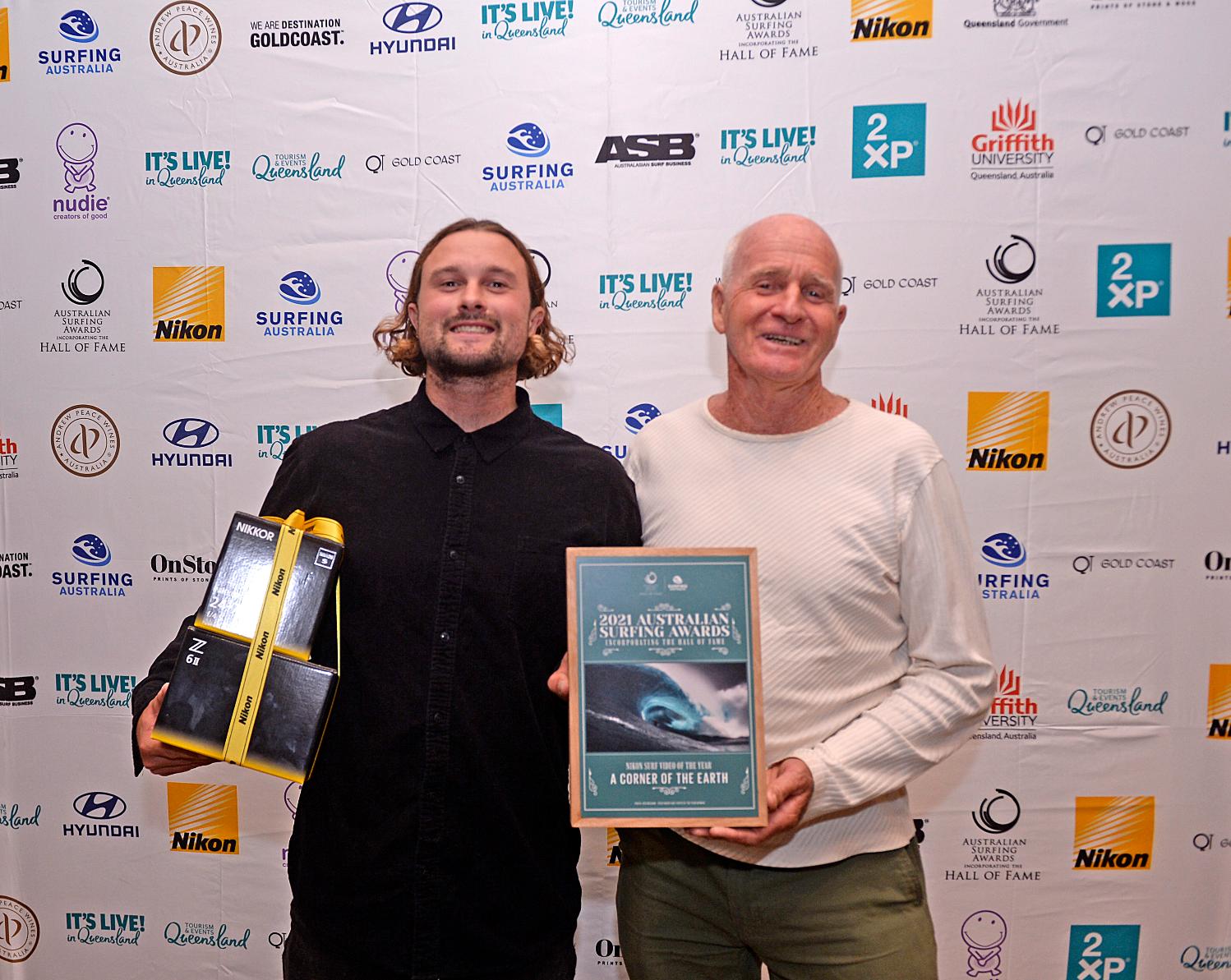
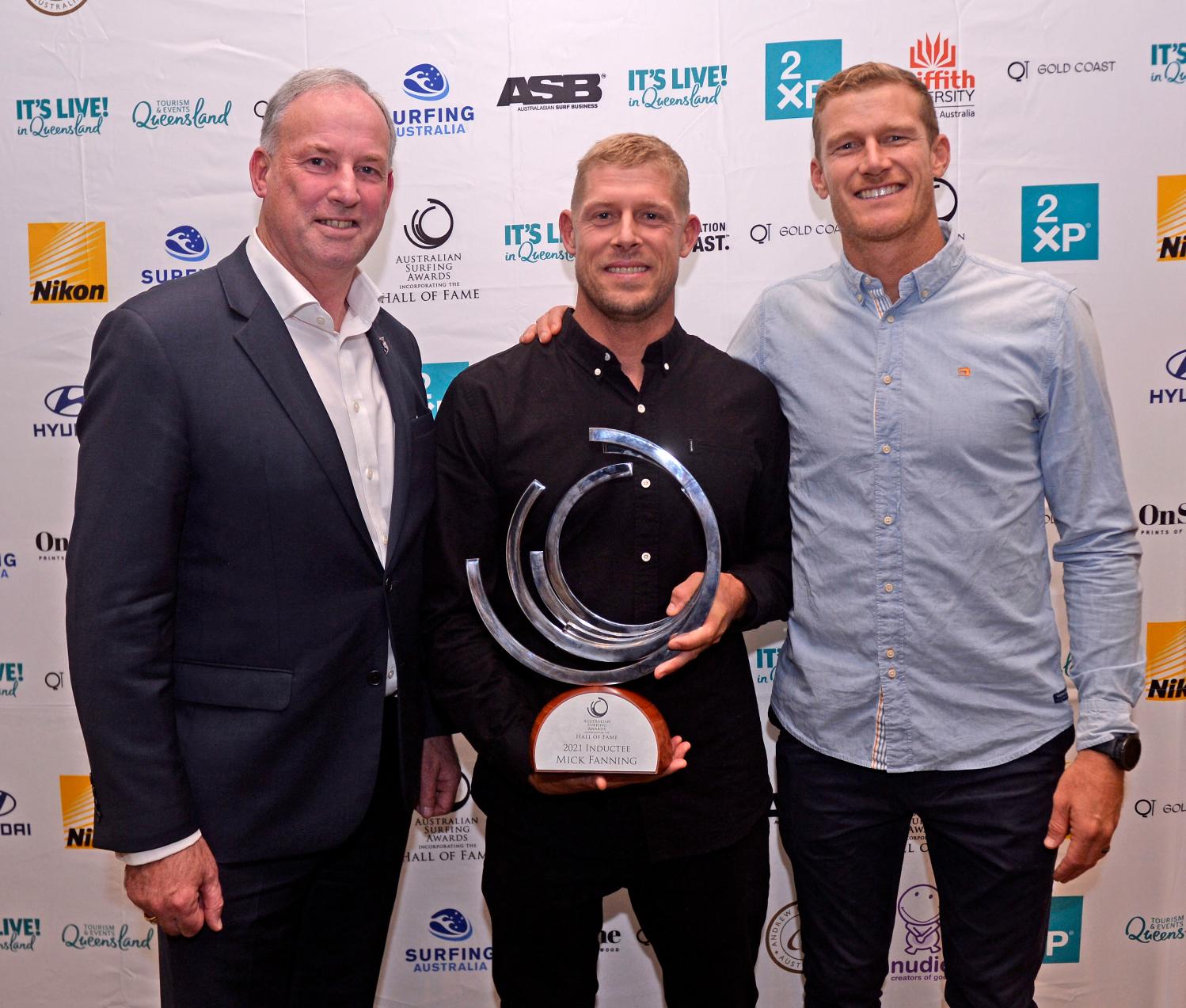
Wednesday, May 5th, 2021
Bookending a fourteen-strong Australian Surfing Awards ceremony was the forty-third inductee in the Surfing Australia Hall of Fame, three-time World Champion Mick Fanning, joining world-renowned names like Mark Richards, Layne Beachley and Tom Carroll for his outstanding contribution to the sport, in and out of the water.
Mick Fanning said: "It's pretty incredible looking at the inductees over the years, it's a who's who of Australian Surfing. They are all heroes and people I have idolised from a young age. It's a huge honour to now be a part of that myself."
Now happy in retirement, the Gold Coast local says he's enjoying life as a new dad, and still manages to surf, all be it not as much as he used to.
"The surfs are a fair bit shorter these days and I run to and from the beach trying to be a good dad and not spend too much time in the water. I can't wait until the little man is old enough to come with me!"
Tyler Wright and Jack Robinson won Female and Male Surfer of The Year in what was an incredible celebration of Aussie surfing.
Tyler Wright said: "It's an honour to receive this award tonight and an incredible privilege to do what I do and be really well supported."
Jack Robinson said: "I was super happy to be nominated again for Male Surfer of The Year so to be able to win again is such an honour and I look forward to many more and putting on some good performances for you guys!"
The inaugural Indigenous Surfing Community Celebration Award and ACCIONA Innovation Awards made the celebration even greater with Naru Indigenous Corporation and URBNSURF Melbourne putting themselves in the record books as the first recipients respectively.
In 2021, as in every other year, the Nikon Surf Photo and Video of The Year Awards were hotly contested with the still and moving images submitted of an extremely high standard once again.
Tasmanian Stu Gibson once again put himself in the danger zone, capturing an amazingly powerful shot of Tyler Hollmer-Cross in the bowels of a Shipsterns Bluff beast to take out Nikon Surf Photo of the Year.
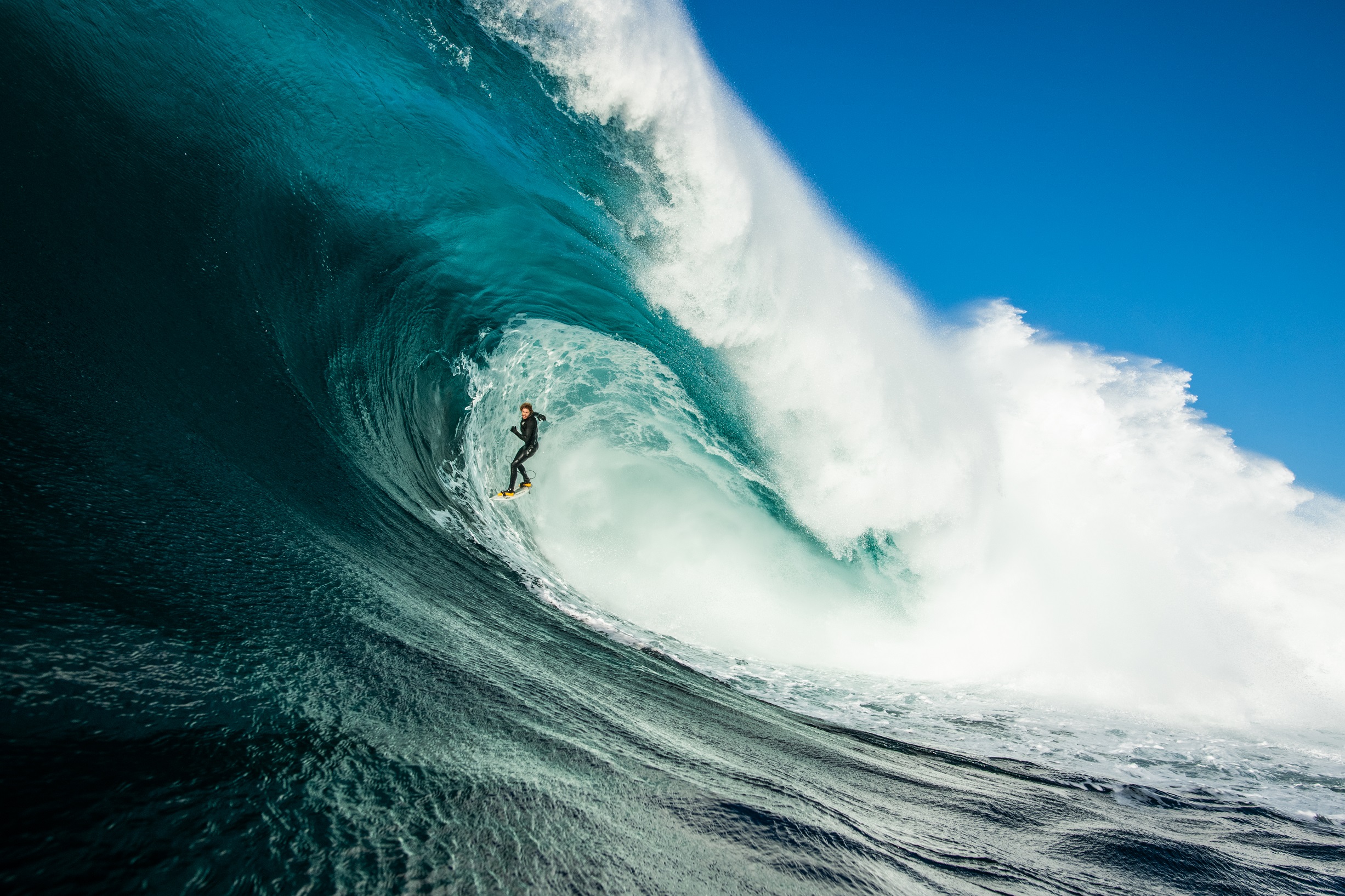
Nikon Surf Photo of the Year - by Stu Gibson
Avalon Beach's Spencer Frost, whose beautifully shot and constructed Icelandic journey "A Corner of The Earth", won Nikon Surf Video of The Year.
A Corner of the Earth is a cinematic exploration of surfing in the brutal northern winter featuring aspiring professional surfer Fraser Dovell who is struggling with the harsh realities of competitive surfing. Along with filmmaker Spencer Frost and photographer Guy Williment, Fraser throws himself out of his comfort zone to embark on an adventure of a lifetime. The trio journey to a far Corner of the Earth to search for waves in the wildly beautiful and treacherous solitude of the arctic. Battling extremes of weather and close encounters with the majesty of nature, Fraser comes to a new appreciation of what it means to be a surfer.
The film was a family affair; Frost’s brother produced the soundtrack, their father assisting with production.
2021 NSW SUP State Titles
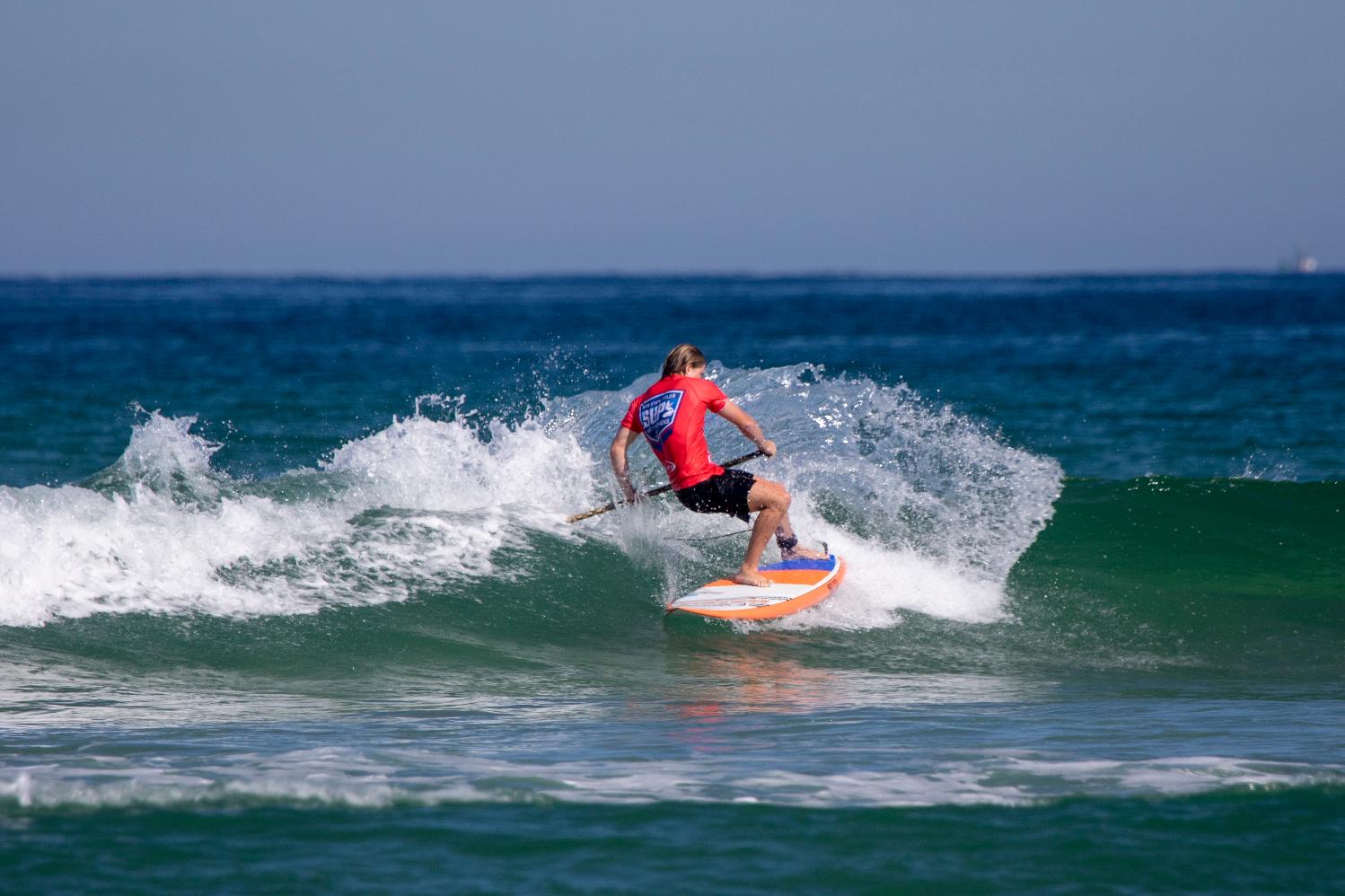
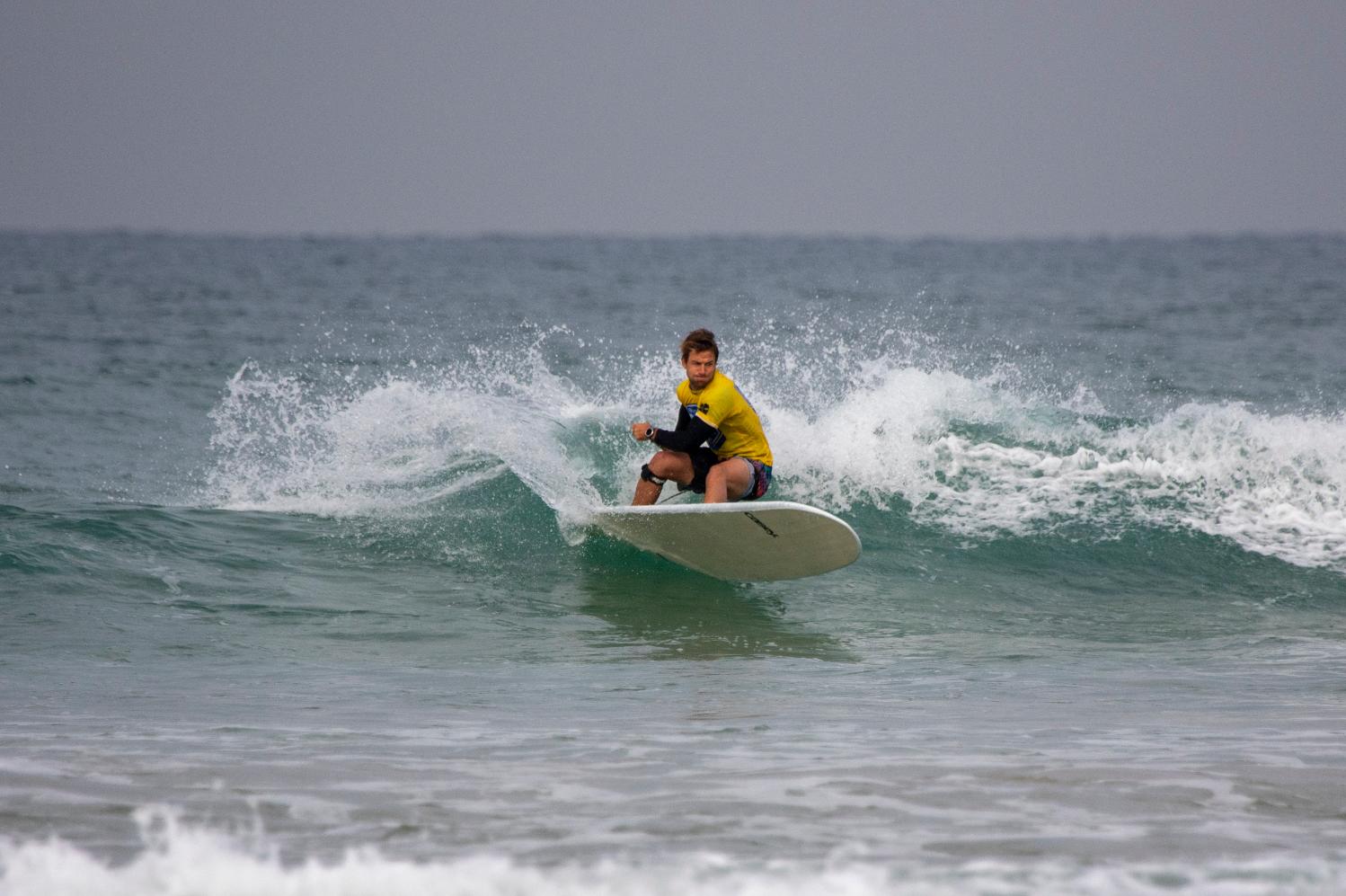
2 – 4 May, 2021
Held at BIRUBI BEACH, PORT STEPHENS
Report by Surfing NSW, Photos by Josh Brown/Surfing NSW
Indy Rose (Avalon) took out the Juniors final finishing with a massive 17-point heat total for an excellent nine and an eight-point ride in the 2021 NSW SUP Titles. Rose’s heat total was thanks to his aggressive carves and flowing re-entries to take out the top spot on the dais ahead of local surfer Jessica Stretton who finished in the runner-up spot.
James Casey (Collaroy) added another title to his 2021 NSW Title campaign as he took out the Over 10-foot SUP division. After taking out the Marathon and Technical Race, Casey was able to take a third win in the Over-10 foot surfing component of the event, taking a victory over Over-40 Men’s champion Marty Cole with a decent 14.40 two-wave total.
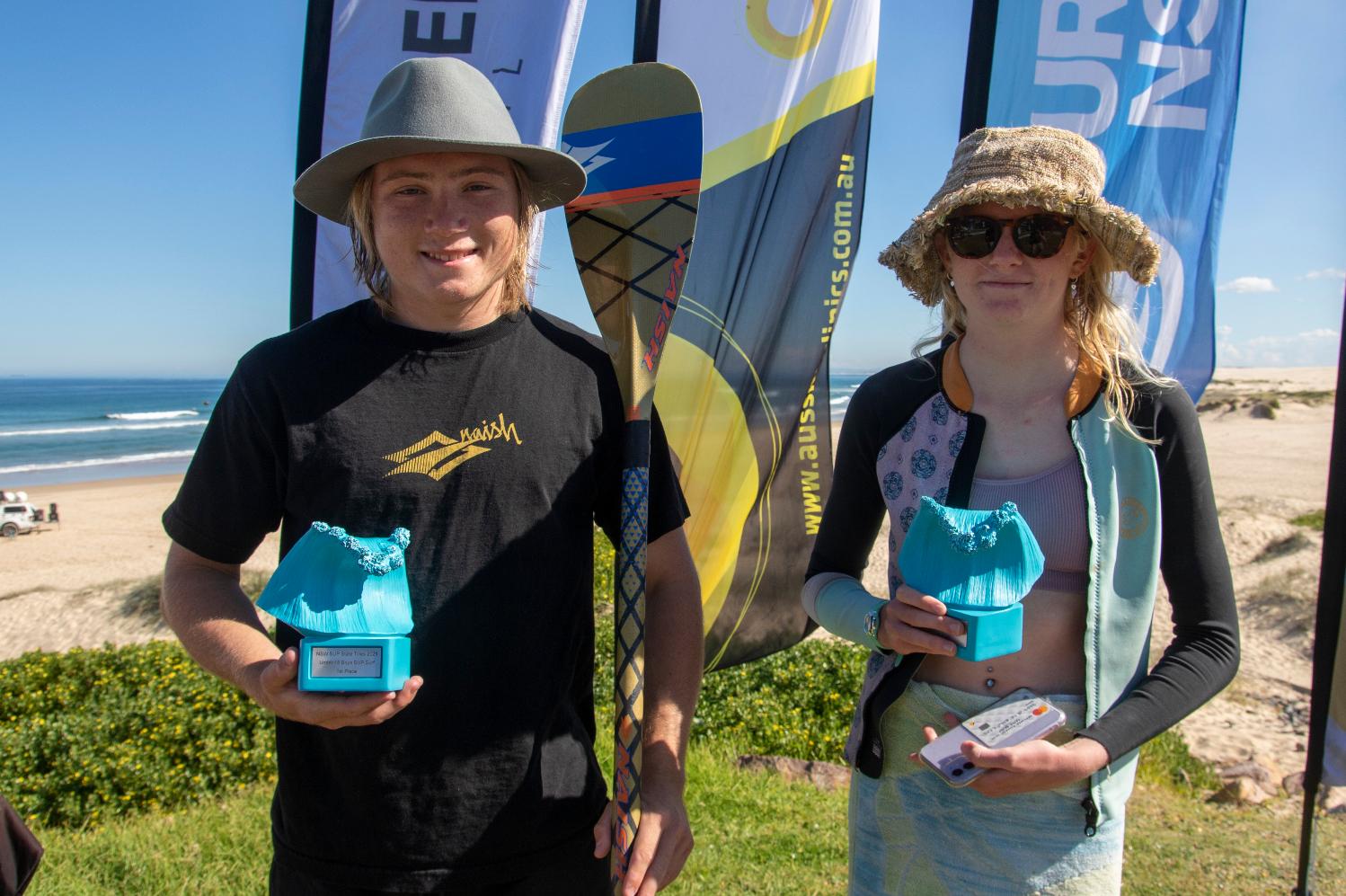
2021 NSW Junior SUP winners; Indy Rose and Jessica Stretton. Photo by Josh Brown/Surfing NSW
Autumn In Pittwater 2021
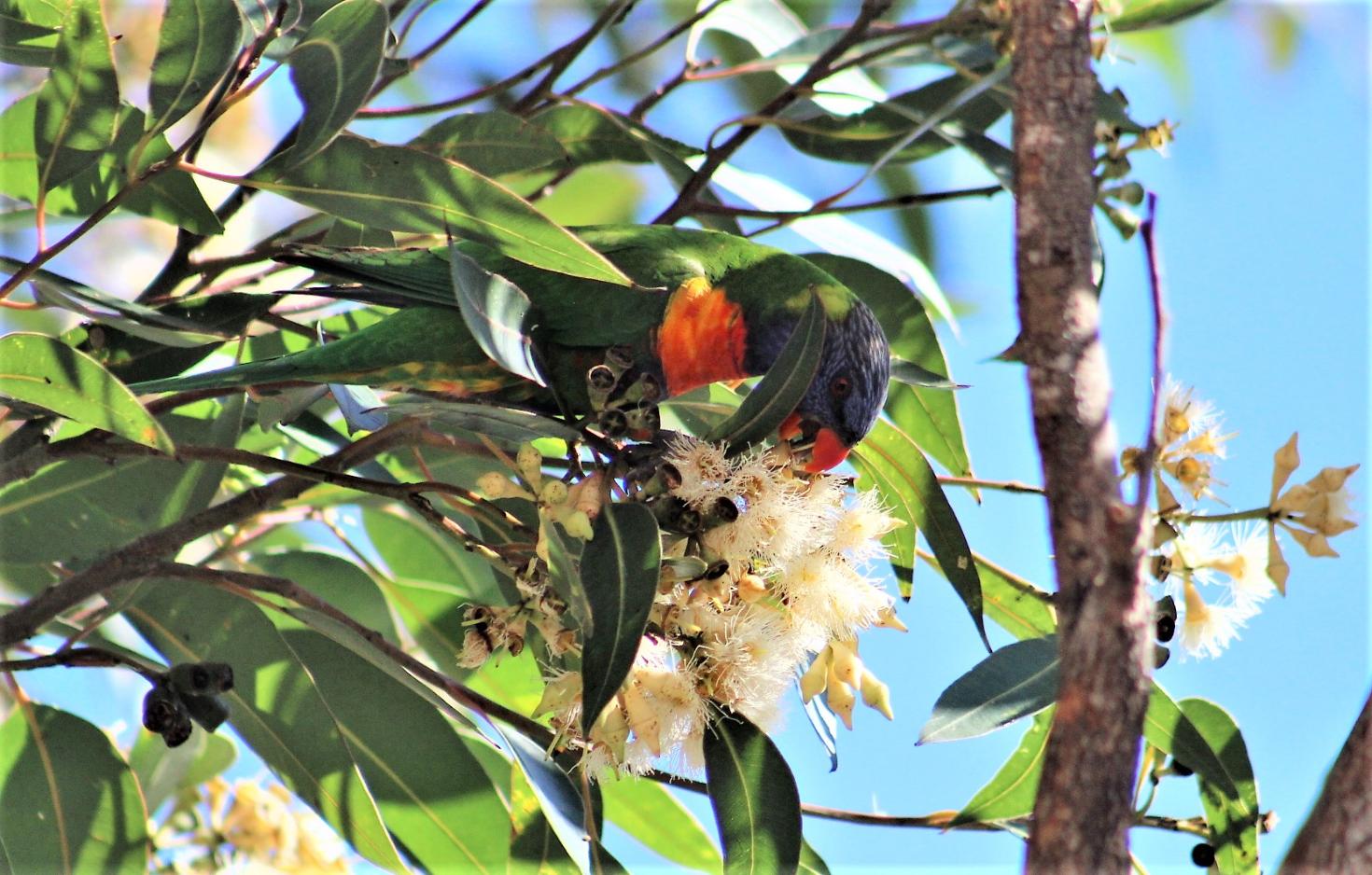
Photos by A J Guesdon.
Past Features Archives (pre 2014)
Pittwater Online News was selected for preservation by the State Library of New South Wales and National Library of Australia. This title is scheduled to be re-archived regularly.
Archived Issues (2014 on) may be accessed here: pandora.nla.gov.au/tep/143700
